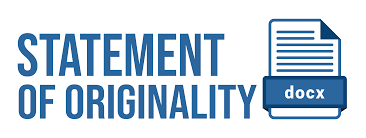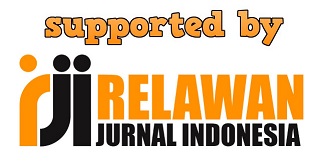AN ANALYSIS ON TENTH STUDENTS’ ABILITY IN USING REPORTED SPEECH OF SMA MUHAMMADIYAH TEMBILAHAN
DOI:
https://doi.org/10.32520/eji.v1i1.212Keywords:
Ability, reported speechAbstract
This research is purposed to know students’ ability in using Reported speech. The problem of this research is students’ ability in using Reported Speech in unknown yet. Therefore, to solve the problem in this research was descriptive quantitative research. The population of the research was students at grade X of SMA Muhammadiyah Tembilahan. The number of population in this research was 22 students.In this research the researcher used total sampling technique as the taking sample technique, because sample in this research was all of the population and it was less than 100. The data collecting technique in this research was used test in essay test. The number of the items was 25 questions. The students were changed Direct speech into Reported speech. The finding of this research shows that the mean score of the first indicator (Simple Present Tense into Simple Past Tense) was 49.31 it was categorized in enough level. The result of the second indicator (Simple Past Tense into Simple Past Perfect Tense) was 56.95it was categorized enough level. Then, the total mean score from two indicators before the researcher could concluded the result of this research that the students’ ability in using Reported Speech was enough with mean score 52.54. In addition, the students’ classification score showed that 5 students who get good score, 12 students who get enough score, and 5 students who get poor score. Therefore, could be concluded that the students have low ability in using Reported Speech.




















